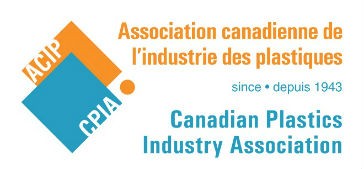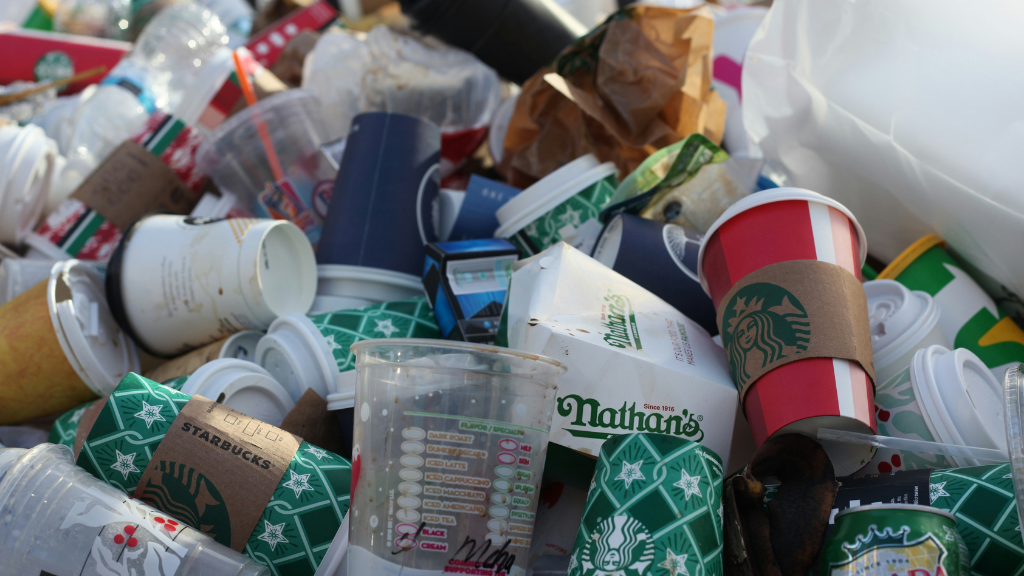Canada's plastic packaging recycling rate rises again as access to recycling programs nears 100%

The Canadian Plastics Industry Association (CPIA) has released a new report informing Canadians that their recycling efforts continue to increase the amount of post-consumer plastic packaging being recycled across Canada. This is the eighth year the CPIA has conducted the Post-Consumer Plastics Recycling in Canada and in 2016, the numbers show plastics recycling increased by almost 1% in 2016 compared to 2015.
The increase in 2016 of 0.9% was the result of more plastic packaging collected, specifically PET bottles (#1), polyethylene (PE) clear film and PE agricultural film. In total, at least 325 million kilograms of post-consumer (including commercial) plastic packaging were collected in Canada for recycling.
This new information comes following a CPIA report completed earlier this year that the network of recycling programs across Canada for plastic packaging has almost fully matured. More Canadians can recycle a wider range of plastic bottles and non-bottle plastic packaging, according to CPIA's 2017 Canadian Residential Plastics Packaging: Recycling Program Access Report.
The access report confirmed that nearly every Canadian household continues to be able to recycle PET and HDPE (#2) plastic beverage containers (98% to 100%) and that access to recycling for other PET and HDPE bottles, jugs, and jars remains consistent at 94% to 96%. But in addition, tracking shows that recycling recovery programs are expanding collection for polystyrene (PS). The number of Canadian households that now have access to recycling programs that accept PS rigid packaging such as clear clamshells has increased to 71%, up from 63% in 2014.
Majority of Recovered Plastic Packaging Processed in North America
The 2016 Post Consumer Plastics Recycling in Canada study conducted for CPIA by More Recycling drew on results derived from two voluntary surveys that were sent out to more than 1000 companies that handle recycled plastics in North America. These companies comprise reclaimers, exporters, brokers, and other handlers of used plastics.
Over the last eight years, the study has consistently indicated that Canada's plastics routinely remain in North America to be processed for end-market uses rather than moving to overseas markets.
"We are pleased to see increases in both the amounts of plastic material collected - up by nearly 1% - and that more of these plastic materials are reported as being reclaimed in Canada, up to 84% from 79%," says Carol Hochu, President and CEO of the CPIA.
These materials are being recovered after they have met their initial intended use from both residential and commercial sources. Plastic packaging collected for recycling from residential sources includes plastic bottles, non-bottle rigid plastics (such as deli, dairy, bakery, and produce containers), and flexible film packaging, such as plastic bags and outer wrap. Examples of items collected from commercial source include drums, buckets, crates, battery casings and agricultural film such as hay bale wrap. These valuable resources are recycled into many new useful items such as fleece jackets, new plastic bottles, new plastic bags, pipe, pallets, crates and buckets, decking, and other lawn and garden products.
The reported plastic quantities represent a net increase of three million kilograms. PET bottles and film provided the largest growth in 2016 with a total increase of 13.1 million kilograms (9 and 4.1 million kilograms respectively; all other categories combined had an overall decrease of 10.1 million kilograms).
"While the net increase is good news, we're urging Canadians to take on a new dedication to recycling plastic packaging. Plastics recyclers want and need more supply; they have underutilized capacity creating ample opportunity for consumers and businesses to supply our recyclers with more plastics that can be manufactured into plastic products and packaging with recycled content," said Joe Hruska, CPIA's VP Sustainability.
Access Report Expanded to Include Return-to-Retail for Plastic Shopping Bags and Overwrap
For the first time in the 13 years that CPIA has commissioned the Canadian Residential Plastics Packaging: Recycling Program Access Report, it includes data on return-to-retail (R2R) options for plastic shopping bags and other pliable film plastics. Supermarkets and Walmart stores are examples of retail that typically offer plastic bag and overwrap (plastic film) recycling collection options. Some retail such as London Drugs recycle even more items such as such as clean foam meat trays and other plastic packaging.
For high-density polyethylene (HDPE) and low-density polyethylene (LDPE) film typically used for shopping bags and overwrap, the access rate to recycling programs saw a boost in 2014. Since then, programs across the country have expanded to accept these materials with the national access rate growing from 55% in 2014 to 66% today.
The study also found that:
• 92% of Canadian residents live within 10km of a retailer that accepts plastic shopping bags or reside in a community that includes it in its recycling program
• 27 million Canadians or 83% reside within 16km of a retail location accepting plastic bags
• Population access through retail locations is as high as 94% in British Columbia
• Most other provinces also show high levels of access and all provinces exceed a 60% access rate for plastic bag recycling at stores
• Residential recycling programs access rate is 70% nationally
• R2R recycling program access rate is 77% nationally
• Combined residential recycling program and R2R national access rate is 92%
"Plastics make a considerable contribution to our quality of life. Plastic packaging in particular delivers many health and safety benefits including keeping foods fresh longer which results in less food and energy waste in the life cycle of food production and distribution. But while we enjoy these advantages, at the same time we all have a responsibility to ensure plastics are properly managed at end of life. That means recycling everything that is accepted in your local recycling program," said Hruska.
He adds that CPIA works closely with municipalities and provincial stewardship agencies that are collecting recyclable plastic materials, and with end markets to expand opportunities to recover more materials and to develop new uses for post-consumer materials.
Available Reports: 2016 Post-Consumer Plastics Recycling in Canada; 2017 Canadian Residential Plastics Packaging: Recycling Program Access Report
For more information and resources on increasing plastics recycling, please visit: www.plastics.ca.
Company info
5955 Airport Road, Suite 125
Mississauga, ON
CA, L4V 1R9
Website:
plastics.ca/home/index.php



